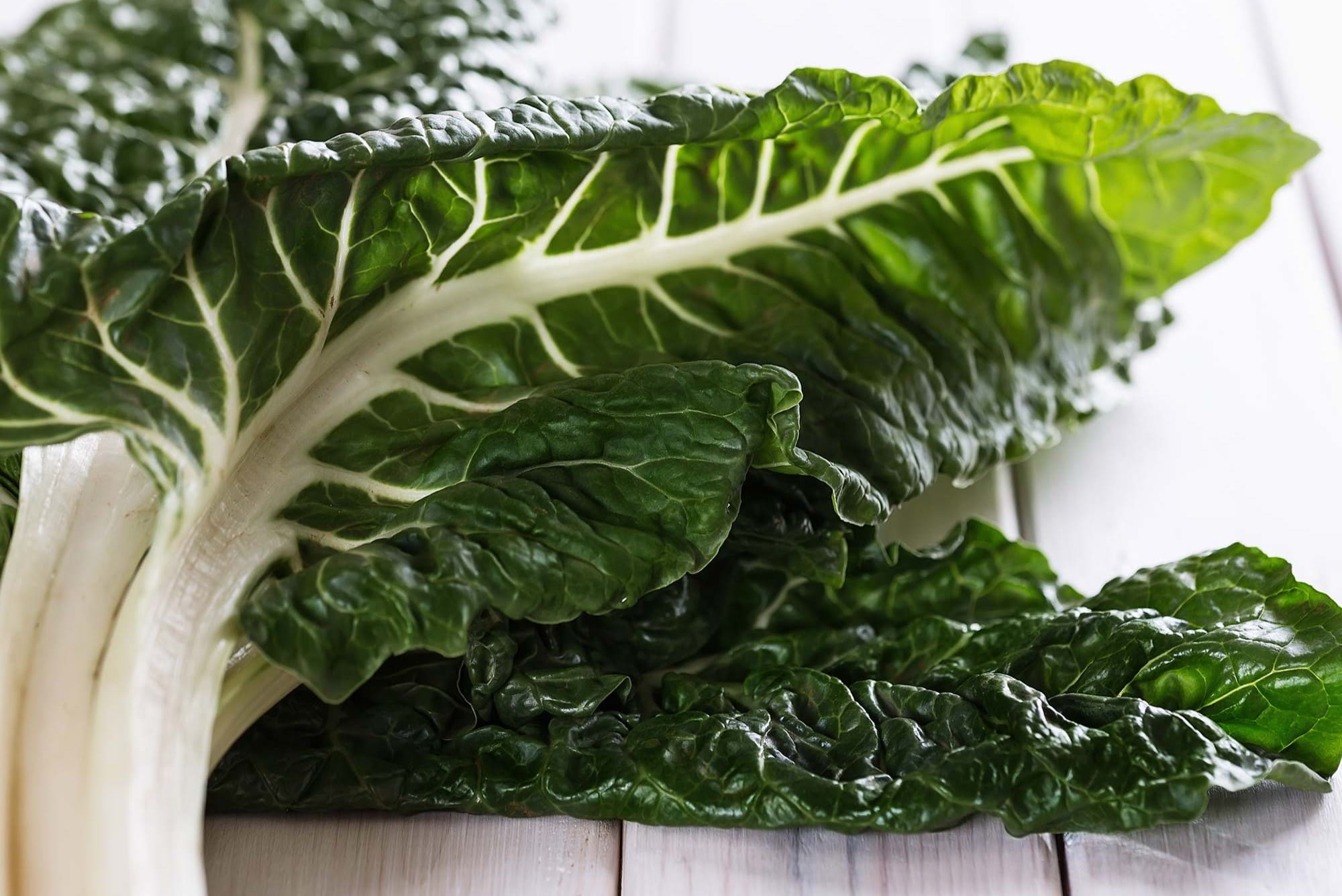
Silverbeet, also known as chard, is a leafy green vegetable packed with nutrients and flavor. Ever wondered why this humble plant deserves a spot in your garden or on your plate? Silverbeet is not just any green; it's a powerhouse of vitamins A, C, and K, along with essential minerals like magnesium and potassium. Its vibrant stems and dark green leaves make it a visual treat as well. Whether you're a seasoned gardener or a kitchen newbie, silverbeet offers versatility in cooking and ease in growing. Ready to learn more? Let's dive into 15 fascinating facts about this incredible vegetable.
Key Takeaways:
- Silverbeet, also known as chard or Swiss chard, is a nutritious leafy green packed with vitamins A, C, and K, making it great for maintaining good health and promoting a healthy gut.
- Silverbeet is not only nutritious but also versatile in the kitchen, allowing for a variety of culinary uses such as sautéing, adding to soups, and using the leaves as wraps for fillings. Plus, it's easy to grow at home!
What is Silverbeet?
Silverbeet, also known as chard or Swiss chard, is a leafy green vegetable popular in many cuisines. It boasts vibrant stalks and dark green leaves, making it not only nutritious but also visually appealing.
- Silverbeet is rich in vitamins A, C, and K, which are essential for maintaining good health.
- The vegetable is a great source of dietary fiber, aiding in digestion and promoting a healthy gut.
- Silverbeet contains antioxidants like beta-carotene and lutein, which help protect cells from damage.
Nutritional Benefits of Silverbeet
Silverbeet is packed with nutrients that offer numerous health benefits. Let's dive into some of the key nutritional advantages of this leafy green.
- High in magnesium, silverbeet supports muscle and nerve function.
- It provides a good amount of iron, which is crucial for transporting oxygen in the blood.
- Silverbeet is low in calories, making it an excellent choice for weight management.
Culinary Uses of Silverbeet
Silverbeet is versatile in the kitchen, lending itself to a variety of dishes. Here are some interesting ways to incorporate it into your meals.
- You can sauté silverbeet with garlic and olive oil for a simple yet delicious side dish.
- Add chopped silverbeet to soups and stews for extra flavor and nutrition.
- Use the leaves as a wrap for fillings, similar to how you would use grape leaves.
Growing Silverbeet at Home
Growing silverbeet in your garden is relatively easy and rewarding. Here are some tips to get you started.
- Silverbeet thrives in well-drained soil with plenty of organic matter.
- It prefers full sun but can tolerate partial shade, making it adaptable to different garden conditions.
- Regular watering is essential, especially during dry spells, to keep the plants healthy.
Fun Facts About Silverbeet
Silverbeet has some interesting characteristics and history that might surprise you. Let's explore a few fun facts.
- Despite its name, Swiss chard is not originally from Switzerland; it is native to the Mediterranean region.
- The colorful stalks of silverbeet come in various shades, including red, yellow, and white.
- Silverbeet has been cultivated for thousands of years and was highly valued by ancient Greeks and Romans.
Silverbeet's Hidden Gems
Silverbeet, often overshadowed by its leafy cousins, packs a punch in both nutrition and versatility. Loaded with vitamins A, C, and K, it supports eye health, immune function, and bone strength. Its antioxidants help combat oxidative stress, while fiber aids digestion. Whether sautéed, steamed, or added to soups, silverbeet can elevate any dish.
Growing silverbeet is a breeze, making it a favorite for home gardeners. It thrives in various climates and offers a continuous harvest. Plus, it's a sustainable choice, requiring minimal resources to grow.
Incorporating silverbeet into your diet not only boosts your health but also supports eco-friendly eating habits. So next time you're at the market, grab a bunch of silverbeet and enjoy its myriad benefits. Your body and the planet will thank you!
Frequently Asked Questions
Was this page helpful?
Our commitment to delivering trustworthy and engaging content is at the heart of what we do. Each fact on our site is contributed by real users like you, bringing a wealth of diverse insights and information. To ensure the highest standards of accuracy and reliability, our dedicated editors meticulously review each submission. This process guarantees that the facts we share are not only fascinating but also credible. Trust in our commitment to quality and authenticity as you explore and learn with us.


